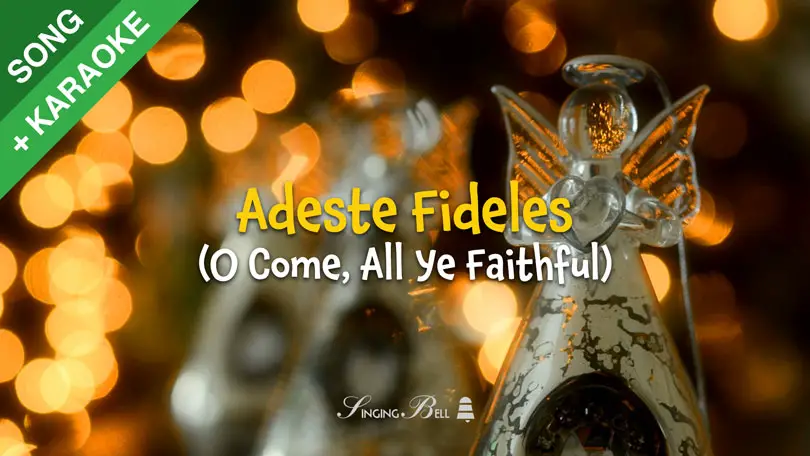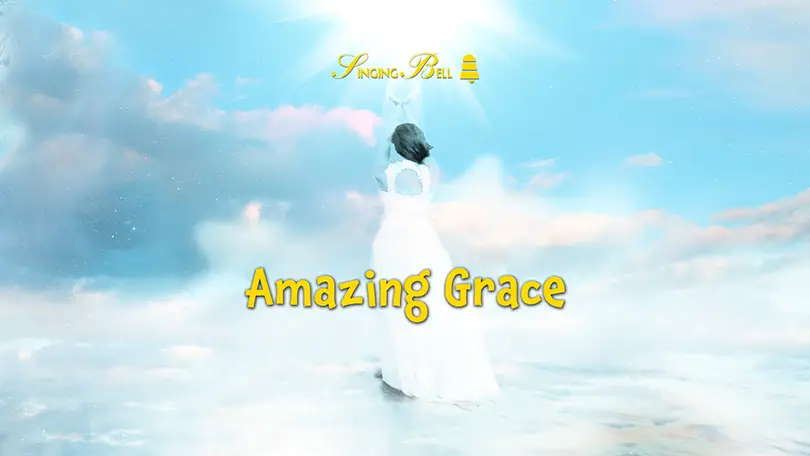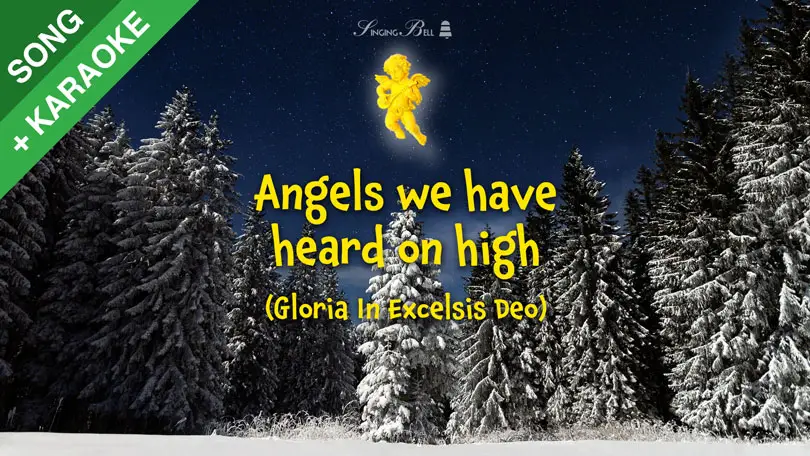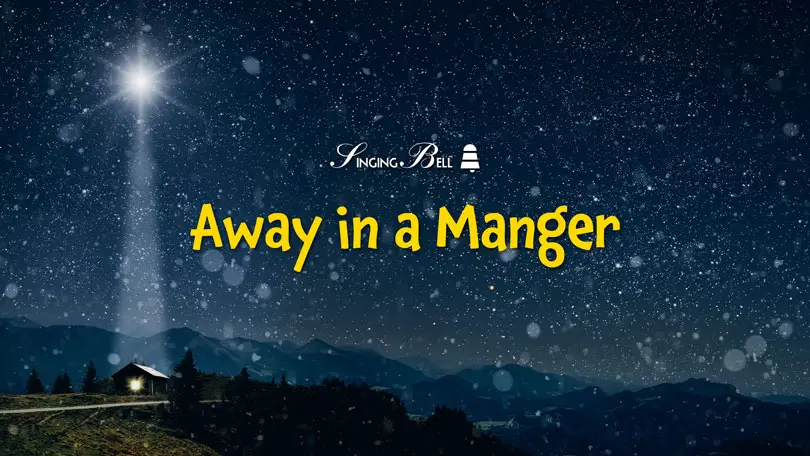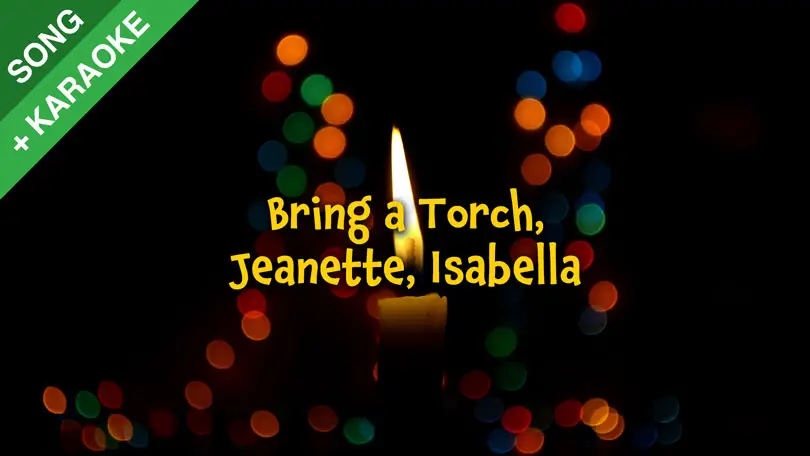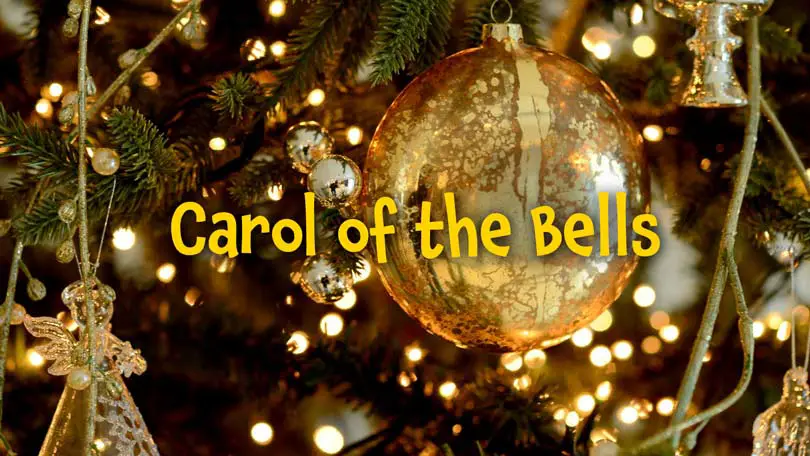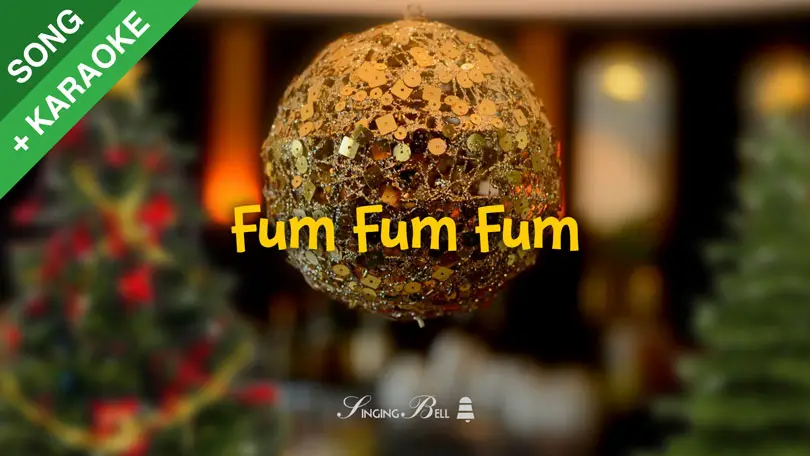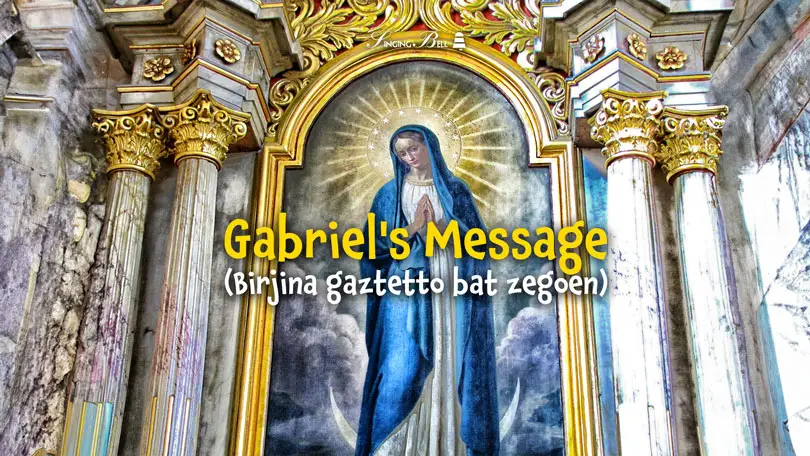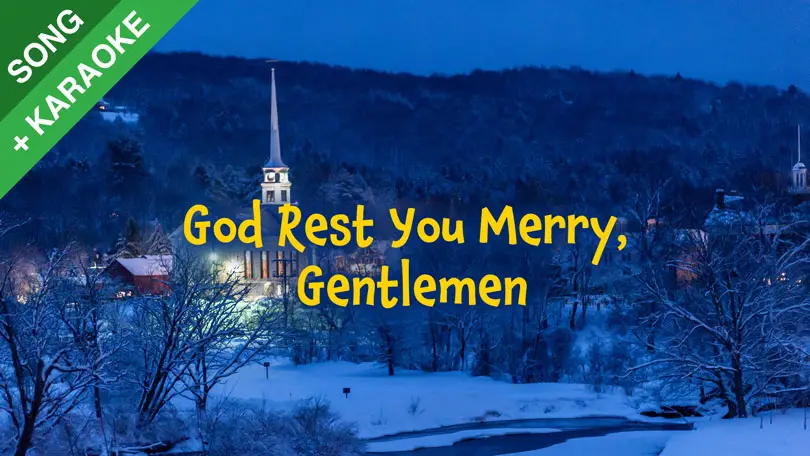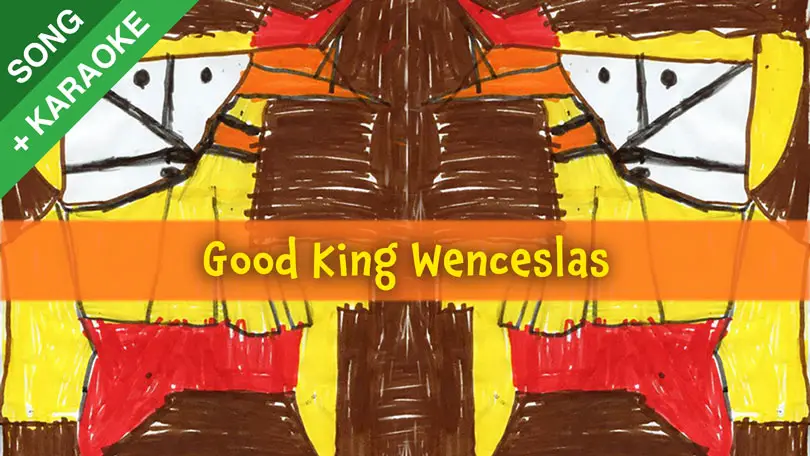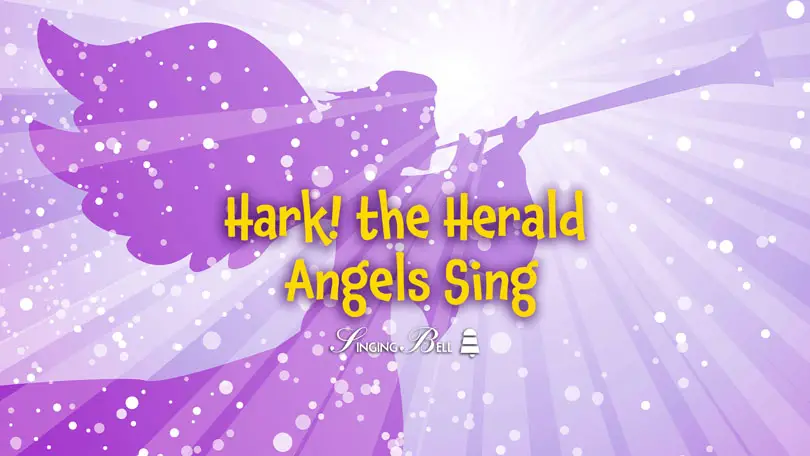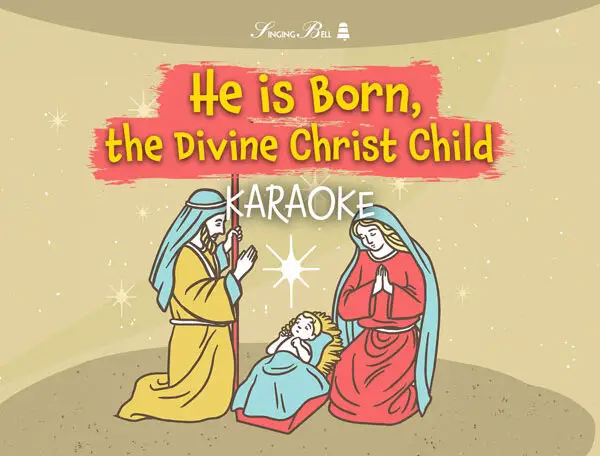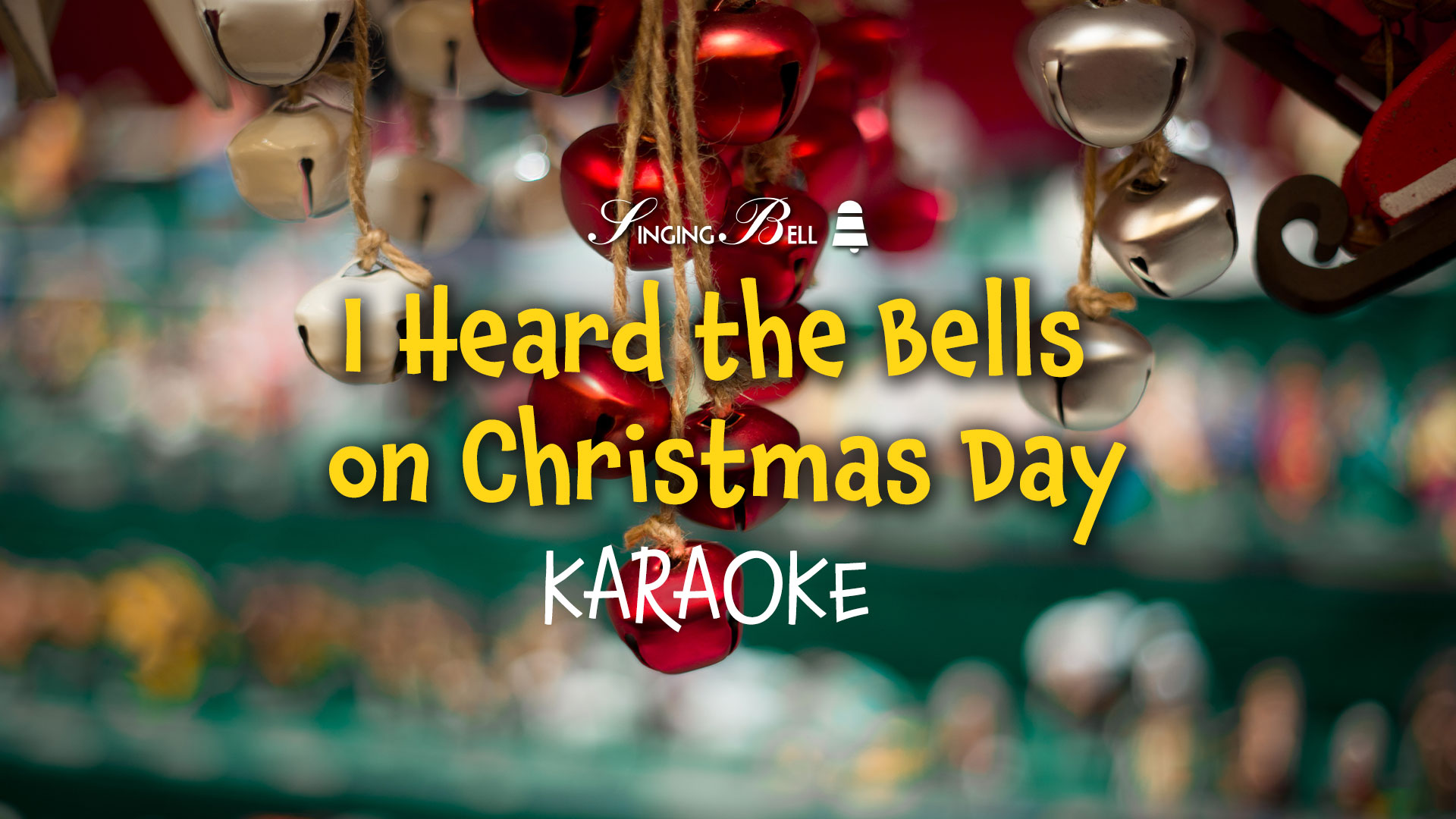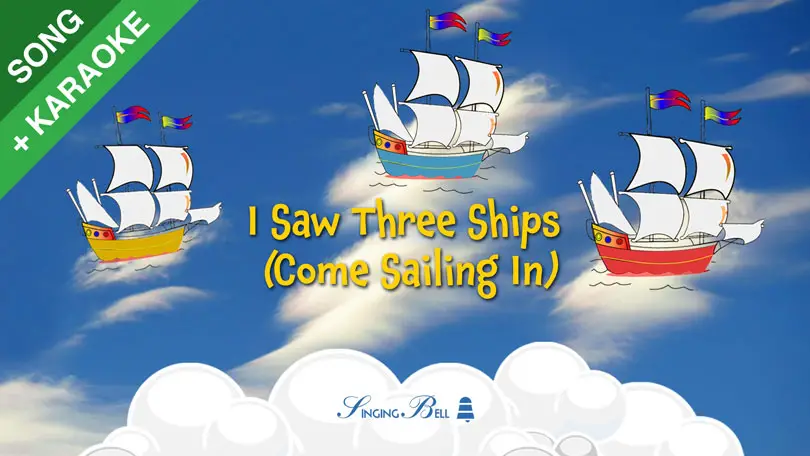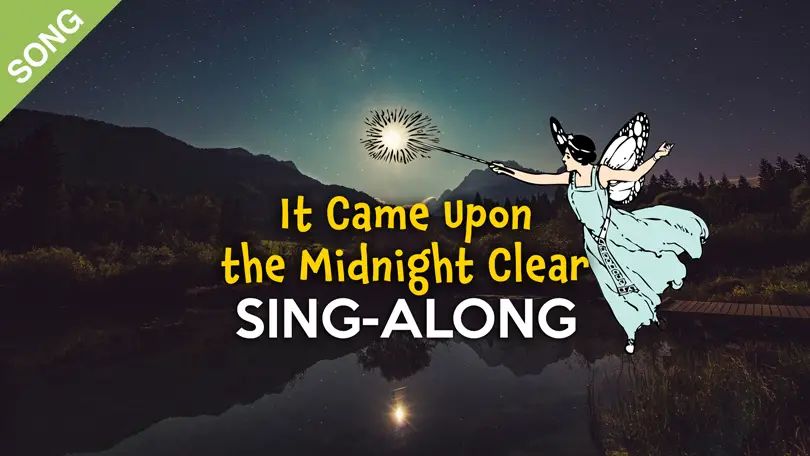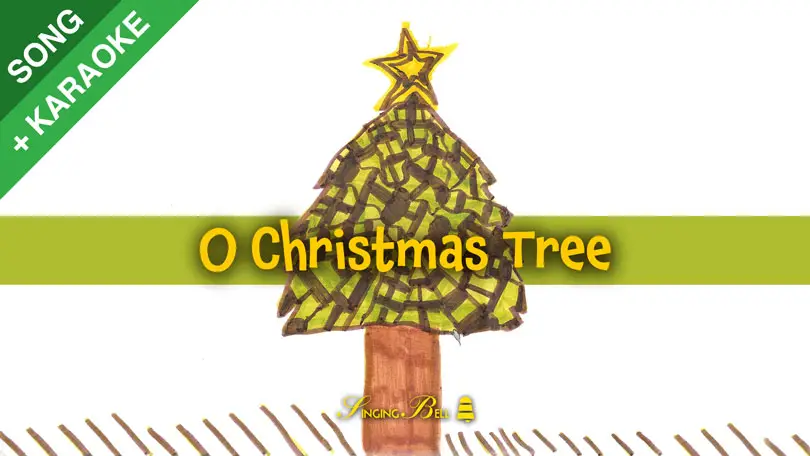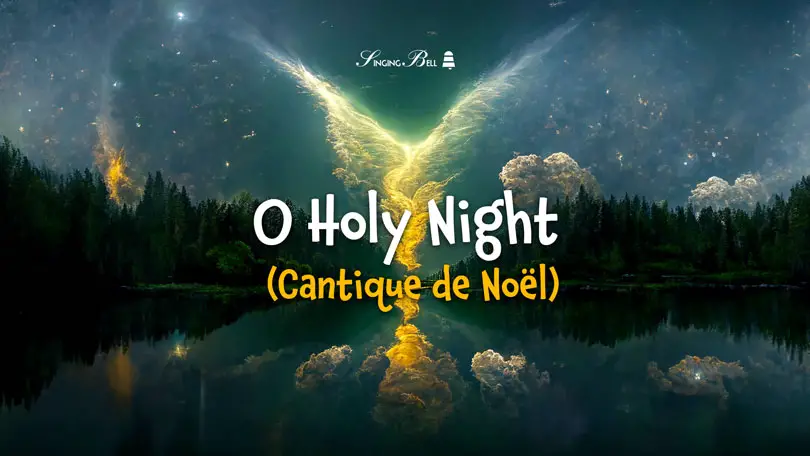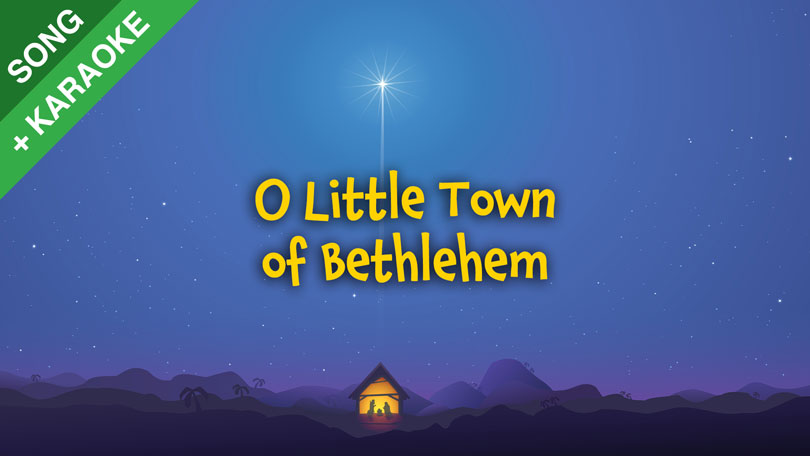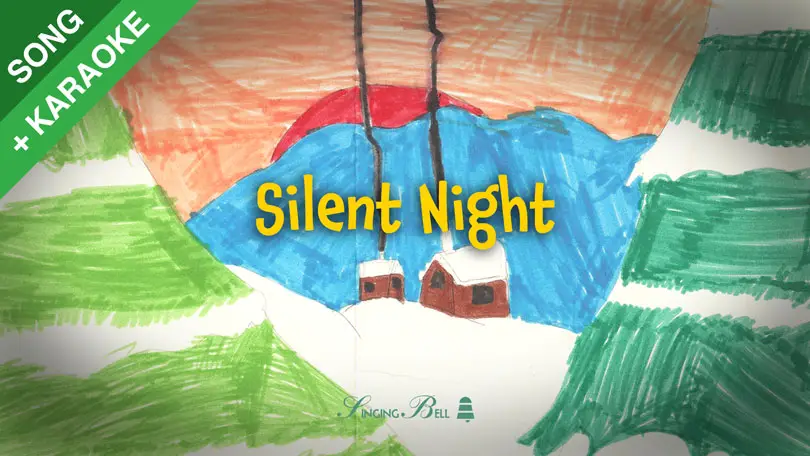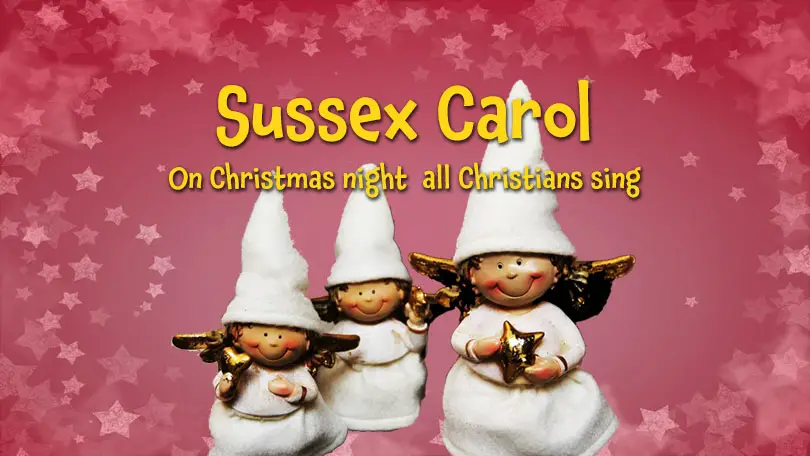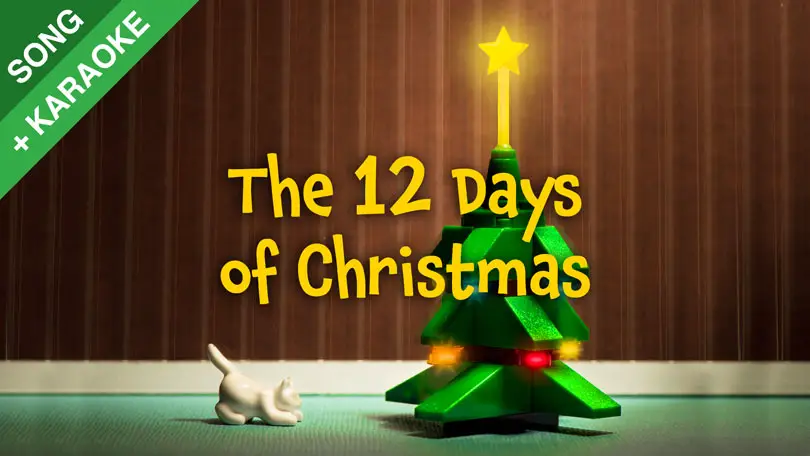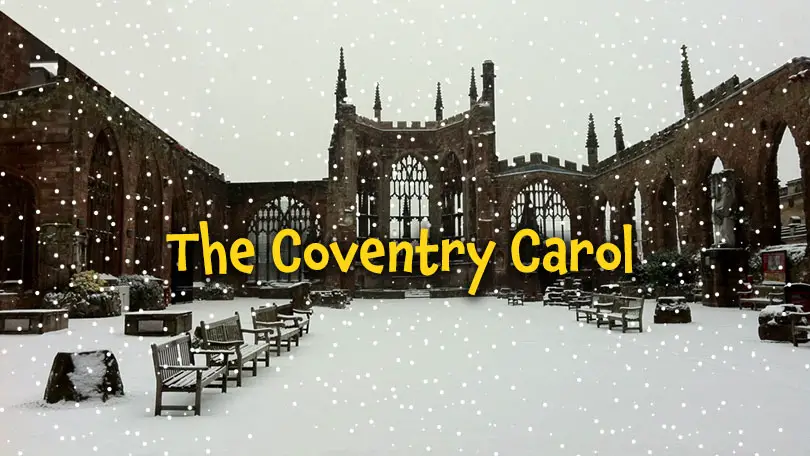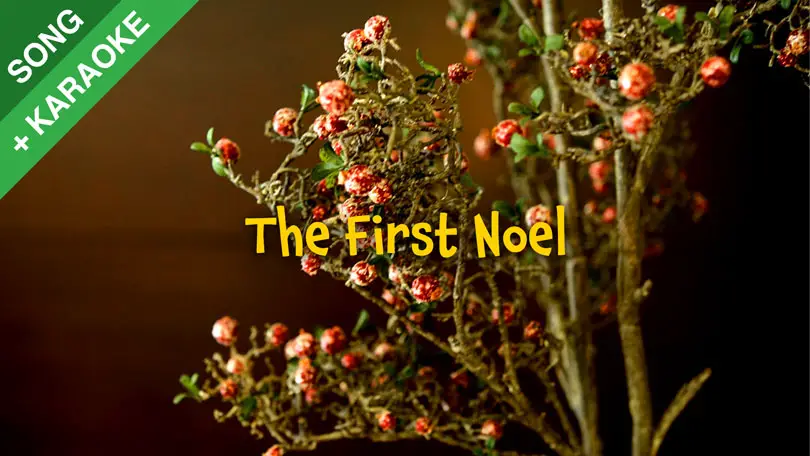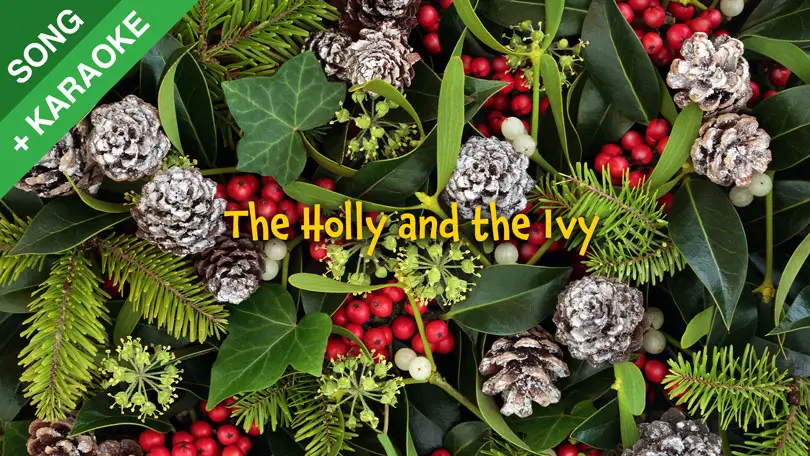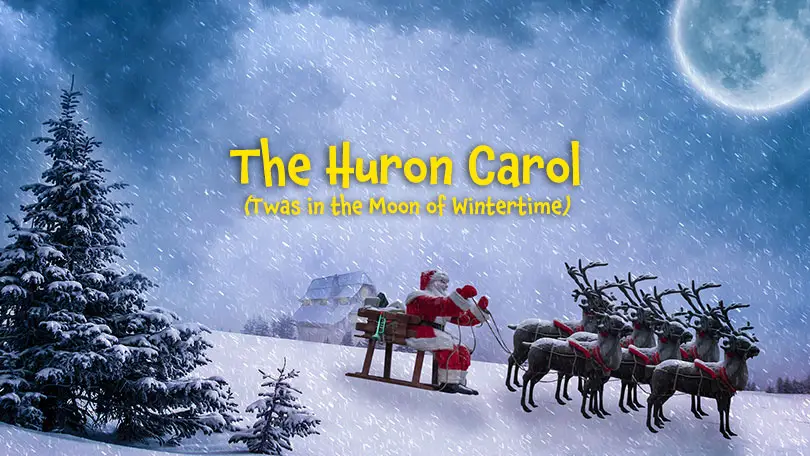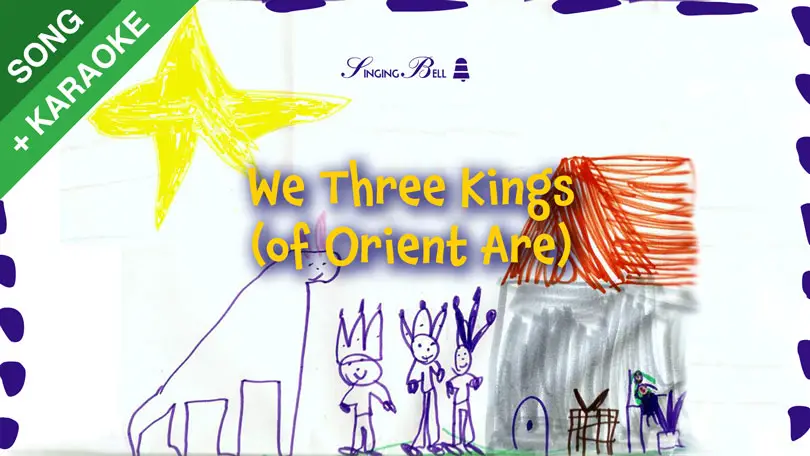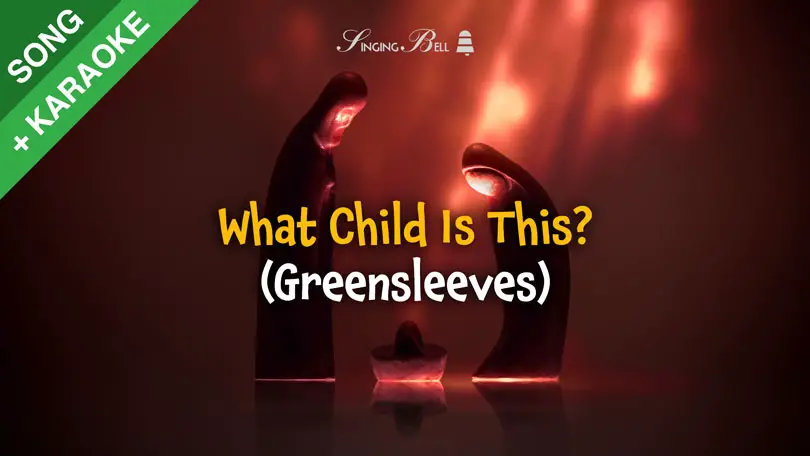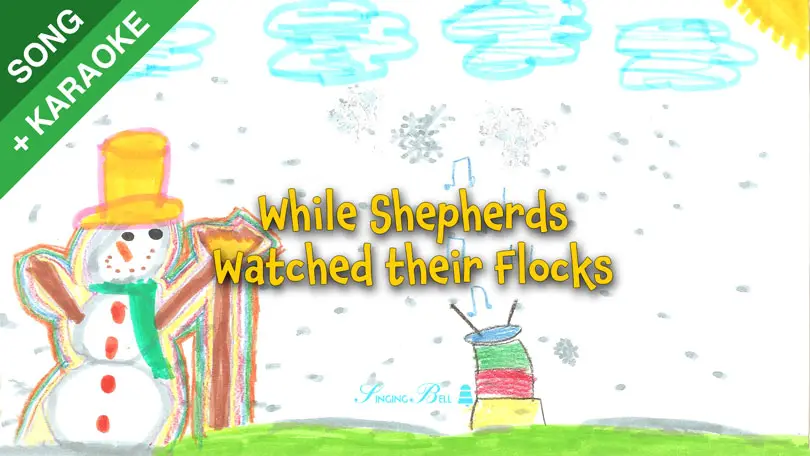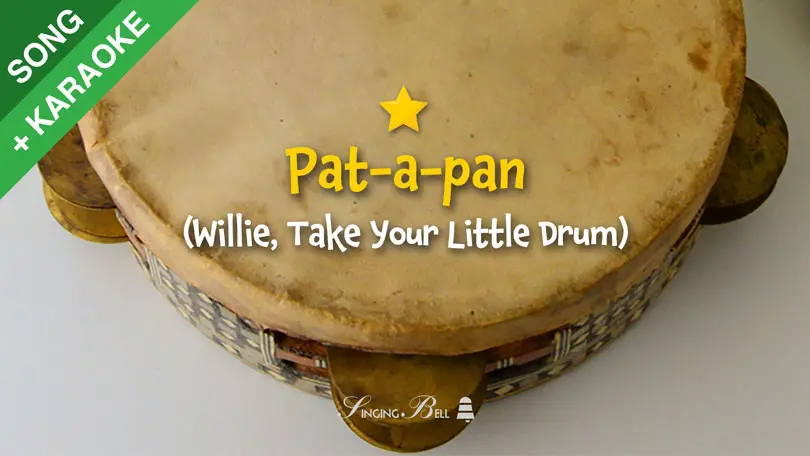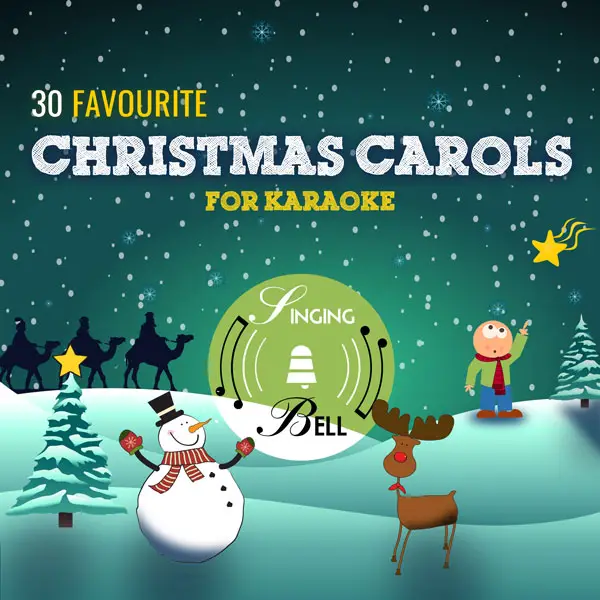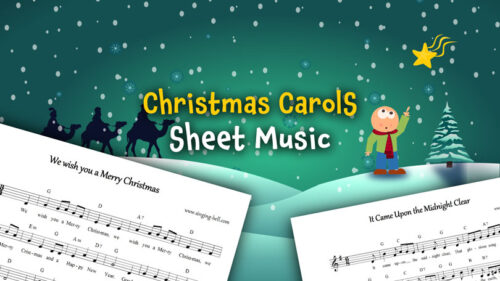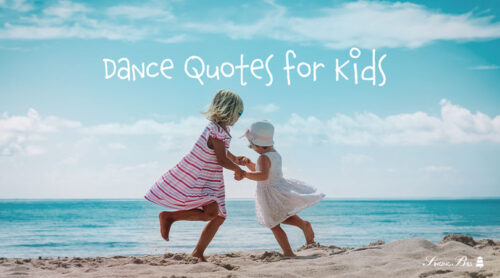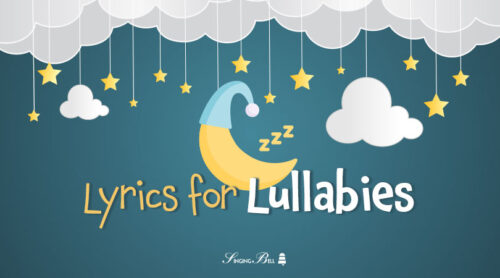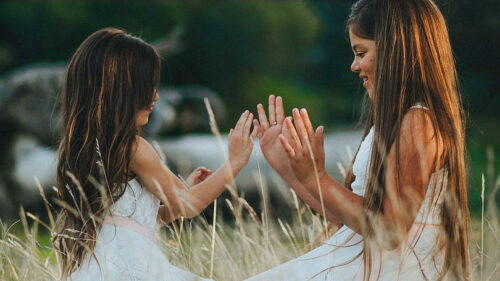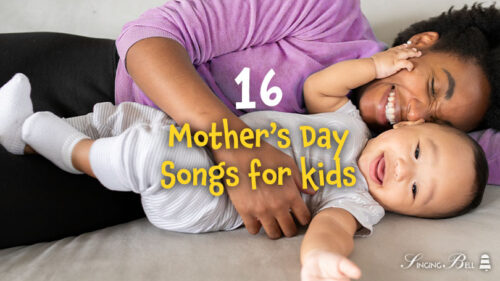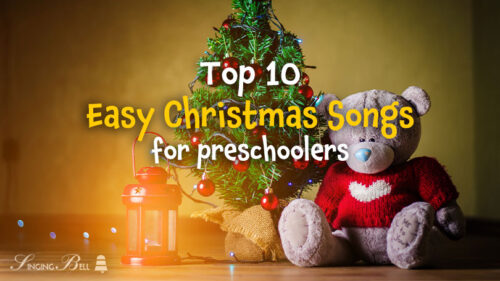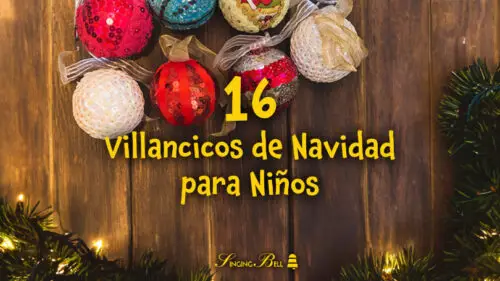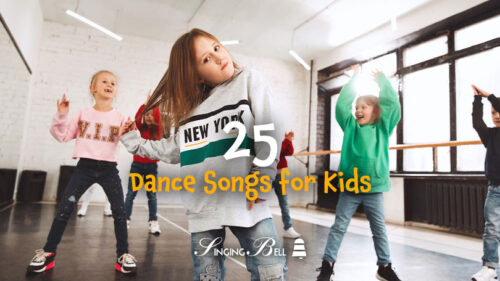These 40 traditional Christmas carols embody the true spirit of the season.


Christmas carols have long been a cherished part of holiday traditions, evoking warmth, joy, and a deep sense of connection. From the uplifting harmonies of Hark! The Herald Angels Sing to the peaceful strains of Silent Night, traditional Christmas carols hold a special place in the hearts of millions.
This ultimate guide explores everything you need to know about traditional Christmas carols. You’ll uncover their rich history, learn what sets them apart from modern holiday music, and discover how they’ve evolved across cultures worldwide. With an A-Z index of beloved carols, insights into their religious significance, and tips for singing them with ease, this guide is designed to deepen your appreciation for these timeless songs.
Table of Contents
- What Are Traditional Christmas Carols?
- Index of Traditional Christmas Carols (A-Z)
- Sing-Along Videos of Christmas carols with Lyrics
- Traditional Christmas Carols : The Ultimate Guide
- Characteristics of Traditional Christmas Carols
- The History of Christmas Carols
- Religious Significance of Traditional Carols
- Traditional Carols Around the World
- How Traditional Carols Are Performed
- Traditional Carols vs Modern Christmas Songs
- Tips for Learning and Singing Traditional Carols
- Summing up
- FAQs About Traditional Christmas Carols
What Are Traditional Christmas Carols?

Traditional Christmas carols are timeless musical compositions closely associated with the celebration of Christmas. These songs often convey themes of joy, peace, and reverence, reflecting the religious and cultural significance of the holiday season.
Unlike modern Christmas songs that may focus on secular themes like snow, gifts, and festivities, traditional carols are rooted in spiritual and communal traditions. They are typically sung in a group setting, whether in church choirs, at home, or during community gatherings, and are characterized by their melodic simplicity and lyrical focus on the story of Christmas.
Index of Traditional Christmas Carols (A-Z)
Sing, find music resources and play all these carols on your favorite music instrument.
These posts all contain karaoke versions of Christmas carols.
Adeste fideles (O Come All Ye Faithful)
Christmas carol, Europe. Versión española de esta página Versione italiana di questa pagina “O Come, All Ye Faithful” (Adeste Fideles in Latin) is one of the most iconic and enduring…
Amazing Grace
Looking for an Amazing Grace karaoke? You can get it here – free for educational use (+ Amazing Grace sheet music!). Version Française de cette page Hymn / Lullaby, U.S.A.…
Angels from Heaven (Hungarian Christmas song)
Introducing “Angels from Heaven,” the English rendition of Mennyből az angyal, Hungary’s most beloved and possibly oldest Christmas carol.
Angels We Have Heard On High
Carol, France. “Angels we have heard on high” is a Christmas carol whose words are based on the traditional French carol “Les Anges dans nos campagnes” (literally, “Angels in our…
Away in a Manger
Carol, U.S.A. “Away in a manger” is a very popular Christmas carol among all carols for children. We don’t know who the author of the lyrics is – although a…
Bring a Torch, Jeanette, Isabella
Version Française de cette page Carol, France. “Bring a Torch, Jeanette, Isabella (Un flambeau, Jeanette, Isabelle)” is a 16th century Christmas Carol from the region of Provence, France, originally being…
Carol of the Bells
Carol, Ukraine. By Mykola LeontovichArranged by Peter WilhouskyCopyright 1936, Carl Fischer, Llc “Carol of the Bells” is a popular Christmas carol, composed by Mykola Leontovych with lyrics by Peter J.…
Fum Fum Fum
Carol, Catalunya (Spain). “Fum fum fum” is a traditional carol from Catalunya, Spain. It tells the story of the birth of the Holy Infant, calling the shepherds to gather in…
Gabriel’s Message (Birjina gaztetto bat zegoen)
Carol, Basque Country (Spain). “Gabriel’s Message” or “The angel Gabriel from heaven came” is a Basque Christmas folk carol. Its theme is the Annunciation to the Virgin Mary by the…
Go Tell it on the Mountain
Christmas, Gospel, U.S.A. “Go tell it to the mountain” is an African-American spiritual Christmas song dating from the 19th century. Among the artists who have recorded the song are Bing…
God Rest You Merry Gentlemen
Christmas Carol, UK “God rest you merry, Gentlemen” is a traditional Christmas carol from England. We know that it was published in 1833, but the composer is unknown. God Rest…
Good Christian Men, Rejoice (In dulci jubilo)
“Good Christian Men, Rejoice” is a cherished Christmas carol with a history that stretches back to the Middle Ages. Its lively melody and uplifting message make it a timeless piece…
Good King Wenceslas
Carol, England (UK). “Good King Wenceslas” is a popular Christmas carol that tells a story of Good King Wenceslas braving harsh winter weather to give alms to a poor peasant…
Hark! The Herald Angels Sing
Version Française de cette page Carol, England (UK) “Hark! The Herald Angels Sing” is one of the most iconic English Christmas carols, celebrated for its rich theological depth and triumphant…
He is Born, the Divine Christ Child
“He is Born, the divine Christ child” is a traditional 18th French Christmas carol, probably from Lorraine, and narrates the prophecy of Jesus’ birth.
I Heard the Bells on Christmas Day
Carol, U.S.A. “I heard the bells on Christmas Day” is a Christmas carol based on the 1863 poem “Christmas Bells” by American poet Henry Wadsworth Longfellow. John Baptiste Calkin, an…
I Saw Three Ships (Come Sailing in)
Carol, England (U.K.) “I saw three ships (come sailing in)” is a traditional and popular Christmas carol from England. Song Info “I Saw Three Ships” is believed to date back…
It Came Upon the Midnight Clear
Christmas song, U.S.A. “It Came Upon the Midnight Clear” is a Christmas song written by Edmund Sears, a pastor in Wayland, Massachusetts. Sears’ lyrics are most commonly set to the…
O Christmas Tree (O Tannenbaum)
O Christmas Tree is a German Christmas song which has been translated into many languages. Carol, Germany. “O Tannenbaum” was originally a traditional German folk song, which turned into a…
O Holy Night (Cantique de Noël)
Carol, France. Placide Cappeau (1808-1877) wrote the poem “Minuit, chrétiens” (Midnight, Christians), and Adolphe Adam composed the music for it in 1847. That composition was titled “Cantique de Noël” in…
O Little town of Bethlehem
Carol, U.S.A. The lyrics to “O Little town of Bethlehem” were written by the priest Phillips Brooks who was inspired by the city of Bethlehem in 1865. The music was…
Ring, Little Bells!
Ring Little Bells” is a traditional German Christmas carol that dates back to the 19th century. The song captures the joyful anticipation of Christmas.
Silent Night
Silent Night is the English version of the original Austrian carol “Stille Nacht, heilige Nacht“. Deutsche Version dieser Seite Versión española de esta página Version Française de cette page Versione…
Sussex Carol (On Christmas Night All Christians Sing)
Carol, U.K. “Sussex Carol” (“On Christmas night all Christians sing”) is a popular British carol. Its words were first published by Luke Wadding, a 17th-century Irish bishop, in a work…
The 12 Days of Christmas
Carol, England (U.K.) “The Twelve Days of Christmas” was first published in 1780 in a children’s book printed in England. Though this popular carol is generally considered to be an English song, there is evidence that it…
The Coventry Carol
Carol, England. “The Coventry Carol” is an English Christmas carol dating from the 16th century. The oldest known text was written down by Robert Croo in 1534, and the oldest…
The First Noel
Carol, England (UK). Version Française de cette page “The First Noel” is a traditional classical English carol, most likely from the 18th century, although possibly earlier. The song title is…
The Holly and the Ivy
Carol, England (U.K.) “The Holly and the Ivy” is a traditional British Christmas carol that makes reference to two plants. These plants have been a standard of British Christmas decoration…
The Huron Carol (Twas in the Moon of Wintertime)
Christmas Hymn, Canada. “The Huron Carol” (or “Twas in the Moon of Wintertime”) is a Canadian Christmas hymn, written probably in 1642 by Jean de Brébeuf, a Jesuit missionary at…
We Three Kings (of Orient Are)
Carol, U.S.A. “We Three Kings”, also known as “We Three Kings of Orient Are” or “The Quest of the Magi”, is a Christmas carol written by the Reverend John Henry…
What Child is This? (Greensleeves)
Carol / Lullaby, England (UK). “What Child Is This?” is a popular Christmas carol based on the melody of the traditional tune “Greensleeves“. It was written in 1865 by English…
While Shepherds Watched their Flocks
Carol, England (UK). “While Shepherds Watched Their Flocks” is a Christmas carol describing the Annunciation to the Shepherds, with words attributed to Irish hymnist, lyricist and England’s Poet Laureate, Nahum…
Willie Take Your Little Drum (Pat-a-Pan)
Version Française de cette page Christmas carol, France. This is a Christmas carol from France, originally written in Burgundian by Bernard de La Monnoye and published in 1720. Its title…
Note: Some songs, such as Deck the Halls, The Wassail Song or Jingle Bells, while widely known as Christmas songs, are not strictly carols due to their secular and festive focus.
Sing-Along Videos of Christmas carols with Lyrics
Traditional Christmas Carols : The Ultimate Guide
30 Favourite Christmas Carols for Karaoke
Hymns, beautiful melodies and a range of sounds from medieval to pop, all find their place on this album that is destined to charm parents and kids alike.
Characteristics of Traditional Christmas Carols
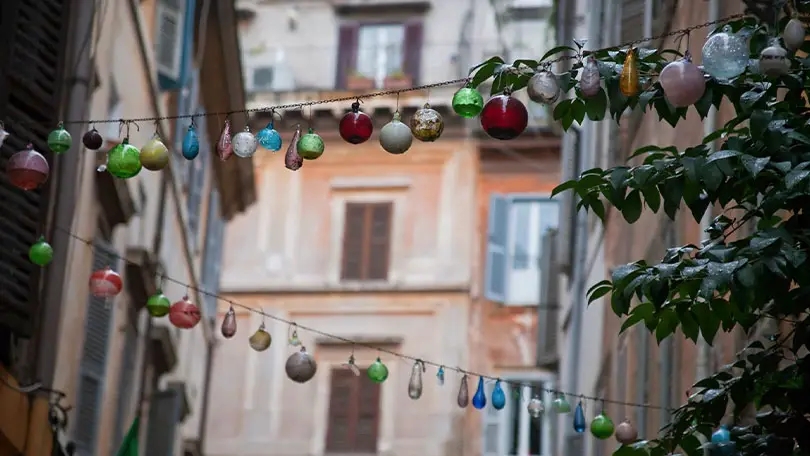
Themes and Lyrics
The themes of traditional Christmas carols often center around the nativity story, conveying messages of hope, joy, peace, and spiritual salvation. They frequently draw on biblical narratives, such as the annunciation to the shepherds or the visit of the Magi. Lyrics in these carols are simple yet profound, making them easy for congregations to sing while evoking deep emotional and spiritual responses.
Many carols include vivid imagery, like the star of Bethlehem or the angelic choir, to create a sense of wonder and reverence. The language is often poetic, blending faith and celebration into a narrative of divine grace.
Musical Structure and Style
Traditional carols are designed for communal singing, with repetitive and straightforward structures that make them memorable and easy to perform. They often follow a verse-chorus pattern, allowing both soloists and groups to engage in dynamic musical exchanges. Common time signatures, such as 4/4 or 3/4, provide rhythmic regularity that enhances their accessibility.
The melodies are typically diatonic, staying within a key that is pleasing to the ear. Harmony plays a significant role, especially in choral arrangements, where layered voices enhance the emotional impact of the performance.
Instruments Commonly Used
Traditional carols are often accompanied by classical instruments such as the piano, organ, and strings, which complement their timeless nature. In church settings, the pipe organ has long been a cornerstone of carol performances, providing a majestic and reverent backdrop.
Other instruments like bells, recorders, and harps often feature in carol arrangements, adding unique textures to their sound. In some traditions, regional instruments are incorporated to reflect local culture and add a distinctive flair to the caroling experience.
The History of Christmas Carols
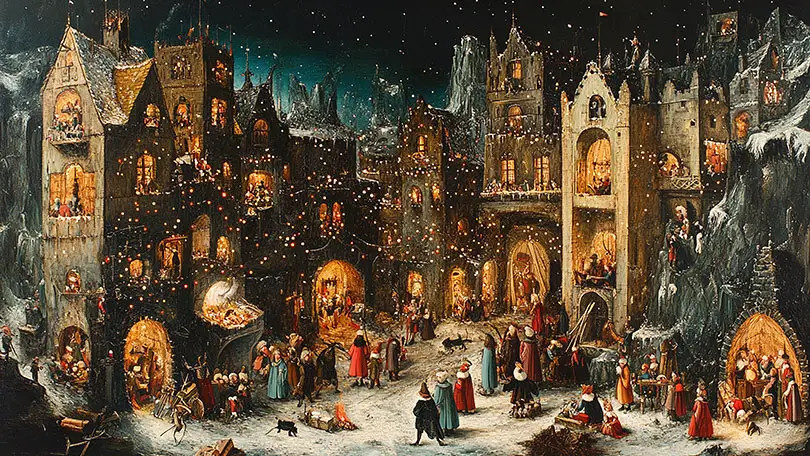
Origins in Religious Worship
The origins of Christmas carols date back to early Christian worship. In the 4th century, hymns celebrating the birth of Christ began to appear in church services, often written in Latin. These early carols were deeply liturgical and primarily performed by clergy.
By the 13th century, carols evolved to include more accessible and celebratory forms, often sung in the vernacular languages of the time. St. Francis of Assisi is credited with popularizing carol singing by incorporating them into nativity plays, which brought religious stories to life for laypeople.
Evolution Through the Ages
During the medieval period, carols became a blend of sacred and secular traditions. They were often performed as part of festive processions and gatherings.
The Renaissance and Baroque periods saw the creation of many classic carols still beloved today, such as “God Rest Ye Merry, Gentlemen” and “The First Noel.” By the Victorian era, Christmas carols experienced a resurgence, thanks to renewed interest in holiday traditions. Collections like William Sandys’ Christmas Carols, Ancient and Modern helped preserve and popularize these songs, cementing their place in Christmas celebrations.
Carols in Different Cultures
The tradition of Christmas caroling transcends borders, with each culture infusing its unique flavor into the songs.
In England, wassailing—a practice of singing carols in exchange for food or drink—was a beloved custom. German-speaking regions contributed immensely to the repertoire with hymns like “O Tannenbaum” and “Silent Night,” the latter originating in Austria. In Spain and Latin America, villancicos blend native rhythms with European melodies. Similarly, African and Asian Christian communities have adapted carols to reflect their musical traditions, ensuring the universal appeal of these songs.
Traditional Christmas carols are a vibrant part of the holiday season, offering a rich tapestry of history, culture, and spirituality.
Religious Significance of Traditional Carols
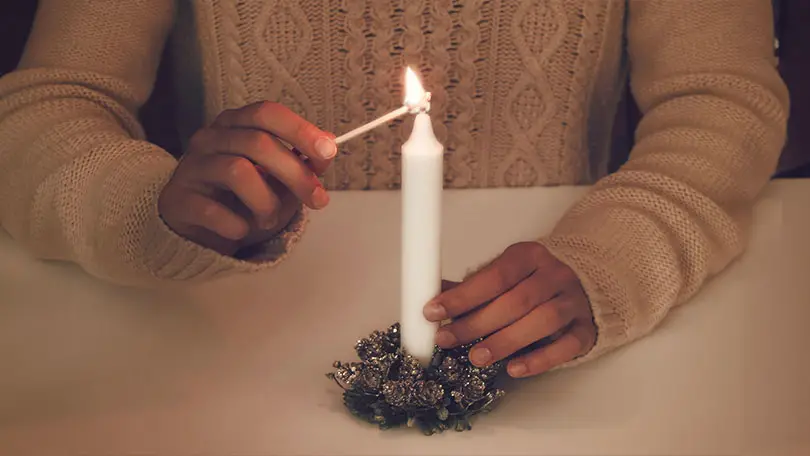
Connection to Church Celebrations
Traditional carols hold a special place in Christian liturgy, particularly during Advent and Christmas services. They serve as musical reflections of the biblical narrative, reinforcing the spiritual themes of the season. These songs are integral to ceremonies like Midnight Mass or Christmas Eve services, where they help congregants meditate on the nativity story.
The tradition of caroling outside church walls, often in homes or public squares, extends this sacred connection into the community. This practice emphasizes the collective joy of celebrating Christ’s birth and sharing the message of hope with others.
Symbolism in Lyrics
The lyrics of traditional carols are rich with Christian symbolism. Light, often represented by stars or candles, symbolizes divine presence and guidance. References to the “newborn King” or “Emmanuel” emphasize the theological belief in Christ as the savior of humanity.
Many carols also highlight the humility of Christ’s birth, using imagery such as the manger and the shepherds to underline themes of simplicity and accessibility. These symbols resonate deeply with believers, reminding them of the spiritual significance of the Christmas story.
Traditional Carols Around the World
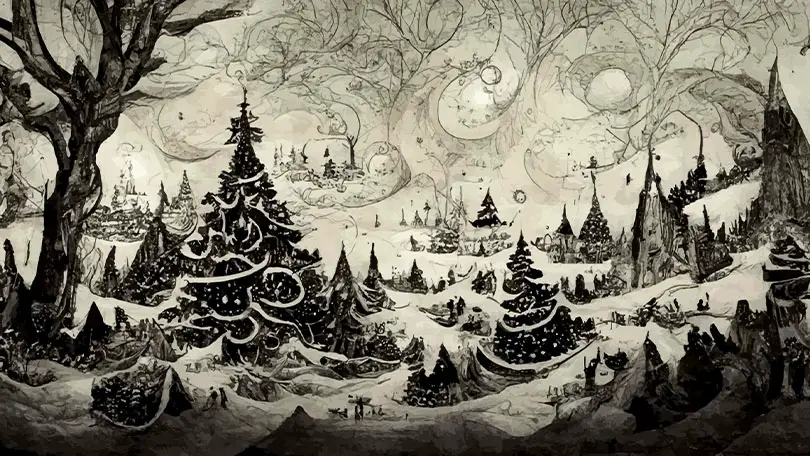
European Carols
Europe has given rise to some of the most beloved Christmas carols, reflecting the continent’s diverse cultural and religious traditions.
From England’s “We Wish You a Merry Christmas“ to Austria’s “Silent Night,” these songs often combine sacred themes with regional musical influences. Many European carols are centuries old, passed down through generations as cherished parts of holiday celebrations.
American Carols
In America, traditional carols have often been adapted or newly composed to reflect local customs and values. Songs like “It Came Upon the Midnight Clear“ and “Away in a Manger“ exemplify the blend of European influences with uniquely American perspectives. The cultural melting pot of the United States has enriched its carol repertoire, making it diverse and widely appreciated.
Asian and African Traditions
Carols from Asia and Africa often incorporate traditional instruments and rhythms, blending Christian themes with indigenous music styles.
In Africa, carols may feature drums and choral harmonies, while Asian carols might incorporate pentatonic scales or local instruments. These adaptations showcase the global reach of traditional carols and their ability to resonate across cultures.
How Traditional Carols Are Performed
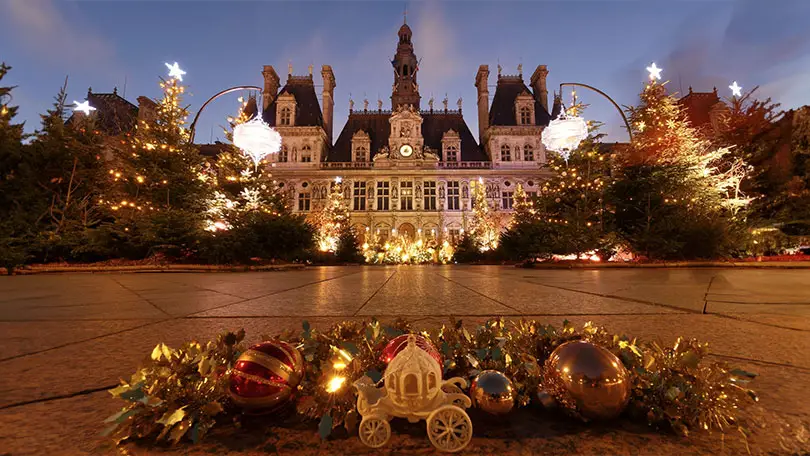
Choirs and Congregations
Choral performances are a hallmark of traditional caroling, with church choirs often leading congregations in song during services. The combination of trained voices and collective participation creates a powerful and moving experience. Community choirs also bring carols to life in public spaces, spreading holiday cheer.
Solo Performances
Solo renditions of traditional carols highlight the individual’s connection to the music. Whether accompanied by piano or performed a cappella, solo performances bring a personal touch to these timeless songs. Many professional artists and amateurs alike enjoy sharing their interpretations of carols during the holiday season.
Modern Interpretations
While traditional carols are rooted in history, they are frequently reimagined in contemporary styles. Jazz, pop, and even rock renditions of classics like “O Come, All Ye Faithful“ allow these songs to appeal to broader audiences. These modern versions honor the original melodies and themes while introducing innovative arrangements.
Traditional Carols vs Modern Christmas Songs
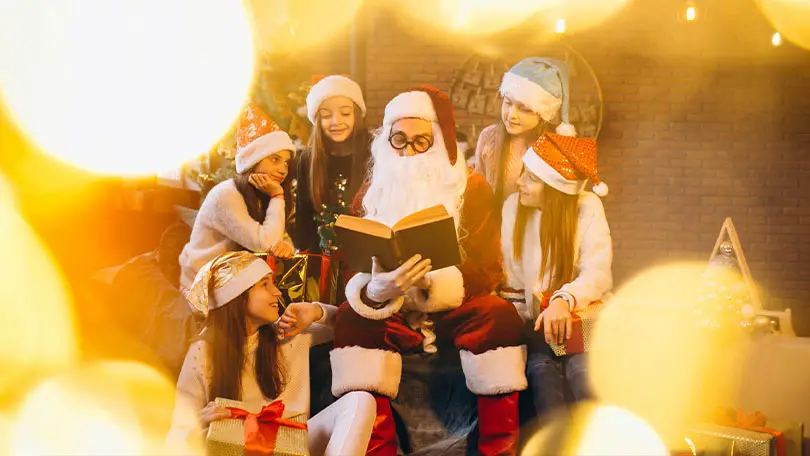
Traditional carols primarily focus on sacred themes, often narrating the nativity story or expressing spiritual devotion. In contrast, modern Christmas songs are more likely to emphasize secular themes, such as snow, family gatherings, and festive cheer.
In English, the terms Christmas songs and Christmas carols overlap but have distinct connotations:
Christmas Songs
Examples: “Jingle Bells,” “All I Want for Christmas Is You,” and “Frosty the Snowman.”
- Broad category that includes all types of music about Christmas.
- Includes both secular (non-religious) and religious songs.
- Often associated with modern pop, jazz, or contemporary styles.
Christmas Carols
Examples: “Silent Night,” “O Holy Night,” and “Hark! The Herald Angels Sing.”
- Specifically refers to traditional, religious songs or hymns related to the Nativity and the Christian celebration of Christmas.
- Often sung in church, by carolers, or during religious ceremonies.
- Typically has a spiritual or sacred tone.
While traditional carols are timeless and solemn, modern songs often aim to capture the playful and commercial aspects of the holiday season.
In short, Christmas carols are a subset of Christmas songs, focusing on religious or traditional themes, whereas Christmas songs can include both carols and secular tunes.
Tips for Learning and Singing Traditional Carols
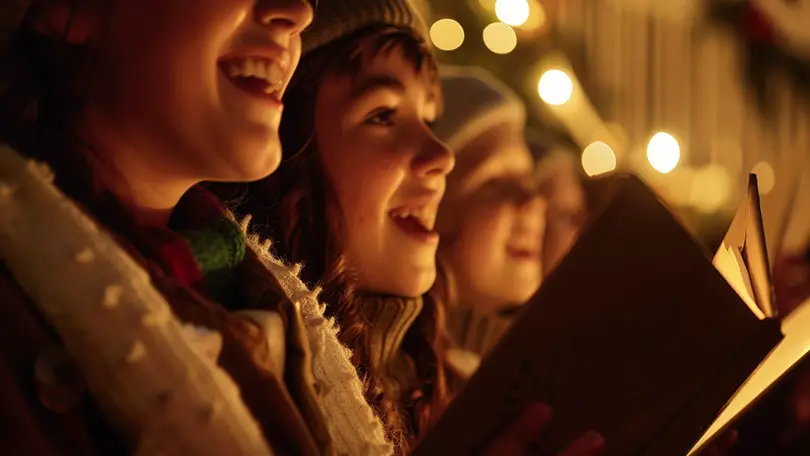
Where to Find Lyrics and Sheet Music
Learning traditional carols starts with finding reliable resources for lyrics and sheet music.
Many carolers rely on hymnals or online archives to access these materials. Printable sheet music and practice tracks make it easier for individuals and groups to learn their favorite songs.
Christmas Carol Sheet Music – 30 PDF Files to Download and Print
Techniques for Harmonizing
Harmonizing adds depth and richness to carol performances. Beginners can start with simple two-part harmonies, while more experienced singers might explore complex arrangements. Regular practice and listening to professional recordings can help improve harmonic skills, making caroling more enjoyable for everyone involved.
Summing up
Traditional Christmas carols are timeless songs that focus on the spiritual aspects of Christmas.
They have a rich history dating back centuries, are designed for communal singing, and hold significant religious meaning.
These carols differ from modern Christmas songs in their themes and musical structure.
FAQs About Traditional Christmas Carols

Curious about the timeless tradition of Christmas carols and how they’ve shaped holiday celebrations across the world?
This FAQ section answers common questions about their origins, evolution, and enduring significance, offering deeper insights into these beloved songs.
Q: What defines a traditional Christmas carol?
A: A traditional Christmas carol is typically a song associated with the celebration of Christmas, often focusing on themes of the nativity, peace, and joy. These songs are rooted in history, usually originating from religious or communal traditions, and are designed to be sung collectively, often during worship or festive gatherings.
Q: How have these Christmas carols evolved over time?
A: Traditional Christmas carols have evolved from early Christian hymns sung in Latin to more accessible songs in vernacular languages.
During the Middle Ages, carols adopted festive and storytelling elements.
The Victorian era played a significant role in reviving and popularizing many of the carols we know today.
Modern arrangements have introduced variations in style while maintaining the essence of the originals.
Q: What role did the Victorian era play in shaping traditional carols?
A: The Victorian era saw a revival of interest in Christmas traditions, including caroling. Collections of ancient carols were published, and new carols were composed during this time. This period also popularized many practices, such as caroling in public spaces and using these songs as part of festive celebrations.
Q: When did people start singing carols outside of churches?
A: The practice of singing carols outside churches began in the Middle Ages, when groups of carolers would go door to door, spreading festive cheer.
This custom, often called wassailing, became a way for communities to celebrate together and exchange goodwill.
Q: What are some of the oldest traditional Christmas carols?
A: Some of the oldest known carols include O Come, O Come Emmanuel, which dates back to the 12th century, and The Coventry Carol, originating in the 16th century. These carols have been preserved through oral tradition and later written down.
Q: Can carols vary in meaning or interpretation across cultures?
A: Yes, carols can take on different meanings or stylistic interpretations depending on cultural context. For instance, the imagery in The Huron Carol incorporates Indigenous symbolism, while African carols may blend Christian themes with traditional storytelling and rhythm. These variations highlight the adaptability and universal appeal of carols.
Q: Why do some carols feel different in various parts of the world?
A: Carols often reflect the musical styles and cultural influences of the regions where they originated.
For example, European carols like Silent Night emphasize harmony and melody, while African carols may incorporate rhythmic drums and choral patterns.
These adaptations allow carols to resonate with local traditions while celebrating universal Christmas themes.
Q: What is the difference between a carol and a Christmas hymn?
A: While both carols and hymns can be religious, carols are typically more festive and communal in nature, often featuring a simple and catchy melody.
Hymns, on the other hand, are more formal and structured, intended for worship and liturgical purposes.
Q: Why are many carols written in a major key?
A: Major keys are often associated with feelings of joy, brightness, and celebration, aligning perfectly with the themes of Christmas carols. While some carols use minor keys for a more reflective tone, the majority aim to inspire happiness and communal spirit.
Q: Are traditional Christmas carols still relevant today?
A: Yes, traditional Christmas carols remain highly relevant. They continue to be sung during religious services, community gatherings, and concerts, evoking a sense of nostalgia and shared heritage.
Many people also enjoy modern interpretations of carols, keeping the tradition alive for new generations.
Liked it? Pin it!

Did you like this post? Rate it!
You may also like:
12 Christian Christmas Songs and Hymns for Kids

